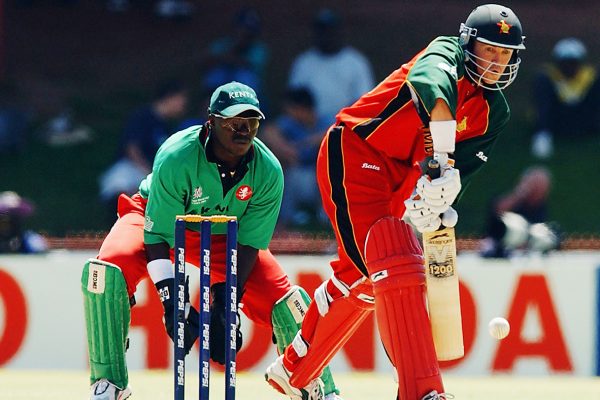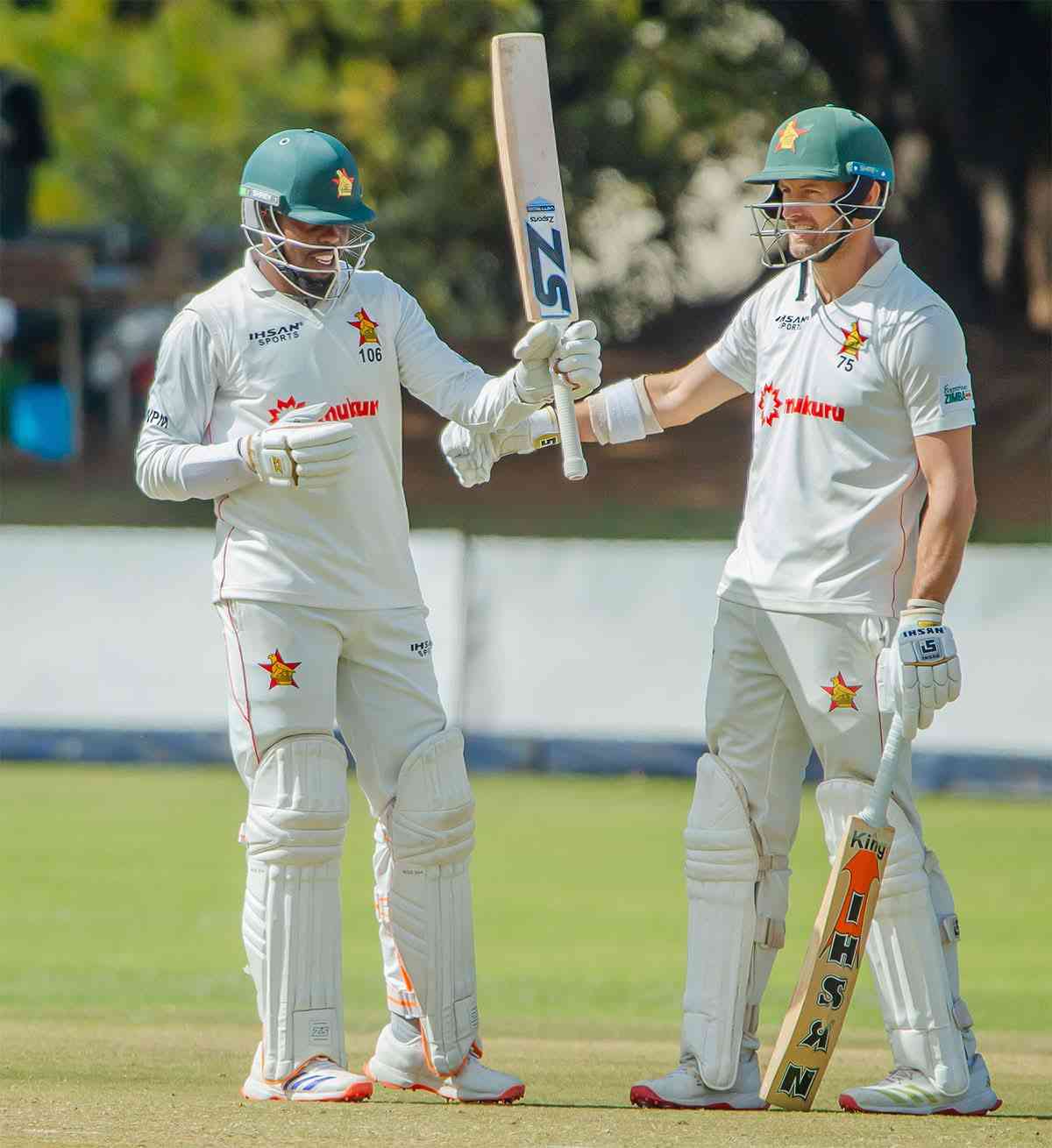
THERE’S a hint of sadness in noting that Zimbabwe has never been a dominant power in world cricket. But nothing could be sadder than noting that not since 1992 has the Southern African nation ever missed the bus to qualifying for the world cup.
Kyro Sports
As a beleaguered Zimbabwe sits atop its ruins, a thought goes to a hypothetical question: Could this travesty have struck Zimbabwean cricket under the guidance and presence of an Andy Flower?
Flower, quite simply, stood for all that Zimbabwe fails to denote today. Class, consistency and a great feel for the contest — when was the last time you found a Zimbabwean talent hold a contest by the scruff of its neck and tangle it over?
You don’t remember Flower for causing Gayle-like mayhem. Nor does he paint an image of a Dravid-like absorbance, the ability to bat session upon session. But you recollect that none before him and definitely none since him have so ably combined both attacking cricketing and defensive instincts with such simplicity for his side. Do you remember Andy Flower through fashionable histrionics?
And you are quite simply blown away when someone like a Wasim Akram suggests: “no other bowler mastered the art of playing a bouncer and sometimes hooking it for runs quite like Flower.”
The years from the onset of the 2010s have seen Zimbabwe being a mothball of poor cricketing administration and constant strife. But during the 1990s-2000s, they were a more than a watchable force. This was a time in their cricketing journey that was hailed as a golden age. The side was notorious for causing upsets.
Batsmen of flair and noted for cool temperament, together with Alistair Campbell and brother Grant, Andy Flower created a famous Zimbabwean troika. But when Zimbabwe faltered and often had their backs against the wall, one man often took things into his hands. Andy Flower was so central to solidifying Zimbabwe’s hopes against familiar foes — India, South Africa and New Zealand — that it is almost impossible to imagine what Zimbabwean cricket might have achieved had it not been for this blunt defences and reassuring poise.
- Chamisa under fire over US$120K donation
- Mavhunga puts DeMbare into Chibuku quarterfinals
- Pension funds bet on Cabora Bassa oilfields
- Councils defy govt fire tender directive
Keep Reading
And while there are plenty of innings that celebrate Flower’s often under-represented potential — 16 hundreds and 82 fifties in all — a mere throwback to his 232* at Nagpur in 2002 may underline why the mild-mannered Flower was such an anti-thesis of bowlers. At the back of an India powered by a Dravid and Tendulkar special at a batting-friendly Nagpur, both giants striking a hundred and double-hundred respectively, with Shiv Sundar Das adding to Zimbabwe’s woes, Flower decided to construct a Zimbabwean plank in the middle.
Andy Flower scores game-changing 232
Striking a 50 in the first innings and an unbeaten double-hundred in the other, Flower arrived in the middle, searched for saplings where runs could be placed, planted the roots for a great harvest and ultimately flowered with a magnificent 232. In the decade and a half of this effort, one is still searching for a better Zimbabwean knock on Indian turf.
Flower wasn’t cricket’s finest constructor of mind-boggling statistical wizardry. Nor was he purely driven by aesthetics. He wasn’t all mind power always even as so much of his cricket was underlined by an intrinsic awareness of the game and a sense of cerebral power. It wasn’t that he was akin to a monk who knows nothing about vices in life.
He would endanger his wicket, often break free of shackles and engage in fiery stroke-play outside the off. He dealt bluntly with the Wasims and Waqars, Harbhajans and Agarkars. Sometimes, it led Zimbabwe to reach within an achingly close distance of upsetting sides having Tendulkar and Dravid. Picture that jaw-dropping counterattack against Kumble and Srinath in that blitzkrieg of 145 during the 2002 Champions Trophy that his side lost by just 14 runs. And on other occasions, he rendered useful partnerships with Neil Johnson and Grant Flower in blunting a South Africa powered by Donald and Pollock in World Cup contests.
Andy Flower’s unsung legacy
But no sooner had he arrived in the middle, did Flower begin the work of resurrection that often came to weigh on his shoulders. With the rest of the side — Grant Flower, Campbell and Guy Whittall — batting around a batsman who was as dominant on the front foot as gifted with the ability to play late. And in here lies Flower’s great and often unvisited legacy. That in a game which is no stranger to greats — Laras and Tendulkars, Sauravs and Dravids, Inzimams and Mark Waughs — Zimbabwe had the rare pleasure of flexing its muscles against the talismanic presence of a tremendously under-stated cricketer.











